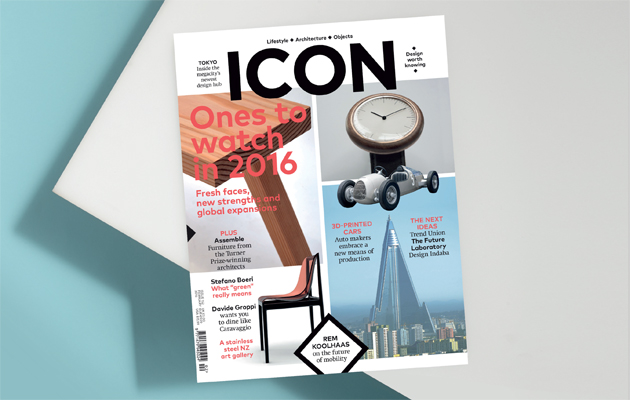|
Once a “ghost town” in the shadow of Nihonbashi’s neon glare, Bakurocho is enjoying a creative revival inspired by its Edo-era craft heritage. Danielle Demetriou visited the area for our latest issue – Keith Ng’s images, featured here, accompany the article “Bakurocho might not sound like an obvious place to set up a gallery. But it’s a special place. There is a growing creative community and a very positive friendly feeling among people who live here, which is rare in a big city like Tokyo,” says Noriko Konuma, the curator of Kumu Tokyo, a minimal design gallery in a renovated industrial space formerly used by her family’s business on a quiet lane in the heart of the area. The neighbourhood is located just a smudge away from the neon blare of Akihabara’s electric shops, the shiny department stores of Nihonbashi and the tourist crowds of Asakusa in the eastern side of the city. Yet, despite its location, Bakurocho is calm and low-key, with a typical Tokyo mismatch of concrete buildings having gradually replaced the old wooden houses over the years. Its atmosphere is also resolutely old school – perhaps due to its heritage as a major wholesale area dating back to the Edo era. Like much of east Tokyo, Bakurocho is renowned for its craftsmanship heritage, with numerous generations-old artisan businesses traditionally based in the neighbourhood, offering products that range from leatherware and combs to toys and scissors. And it’s currently in the midst of a creative revival, according to Konuma. “Ten years ago, morale was very low here,” she explains. “There was an ageing population, fewer businesses, economic uncertainty. It was like a ghost town after dark. But slowly, creative people have started to move into the area. Over the past five years, things have changed dramatically. Creatives relocating here are revitalising Bakurocho.” For our latest issue, Danielle Demetriou visited Bakurocho. Keith Ng’s photographs, featured above, accompany the article. |
Photography Keith Ng
Words Danielle Demetriou |
|
|
||




















